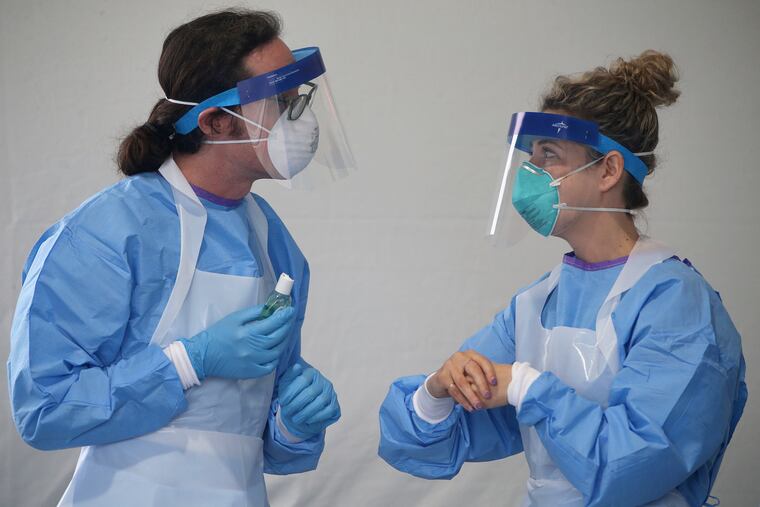Physicians facing coronavirus: ‘This is a war. We are soldiers.’ l Expert Opinion
But unlike traditional wars, this battle extends outside of the battlefield. These soldiers do not sleep in trenches; they return home each night. Their babies needs to nurse. Their partners may be soldiers who also need relief.
